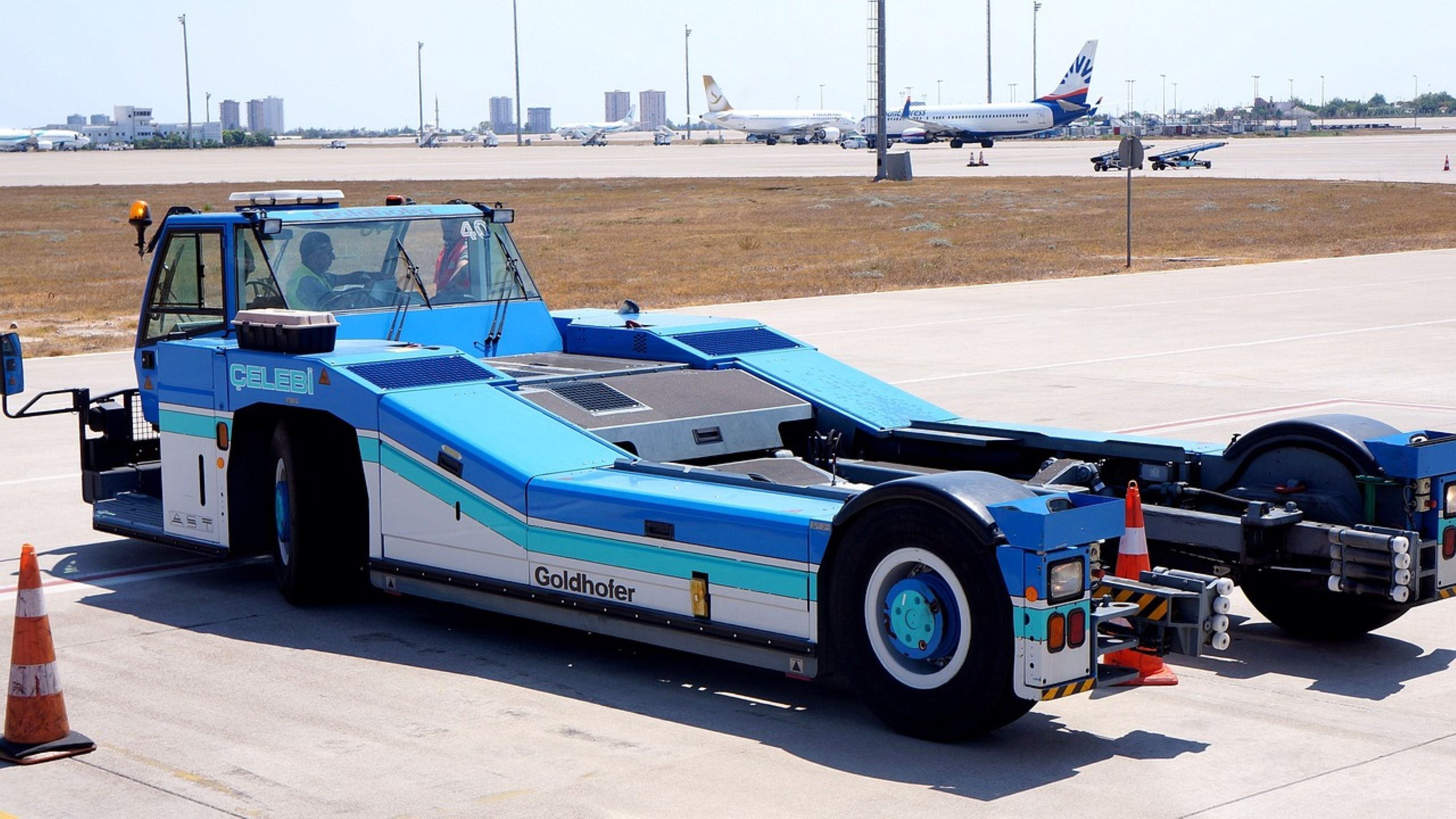Choosing the Right Equipment for Multi-Vehicle Transport
Transporting multiple vehicles simultaneously requires careful planning and the right equipment to ensure a safe and efficient process. Whether you’re moving cars across the country for commercial purposes or simply assisting with a large-scale relocation, selecting the correct tools is crucial.
Inadequate equipment can lead to accidents, vehicle transport damage, or increased auto transport costs due to inefficient loading and transportation. By understanding the transport type available and their specific uses, you can make informed decisions for a seamless multi-vehicle transport experience.
Read on to learn key strategies for choosing the right equipment for multi-vehicle transport.
Understanding the Basics of Multi-Vehicle Transport
Before diving into the specific equipment needed, it’s important to recognize the different types of multi-vehicle transport. Open carriers, which are commonly used for car dealerships and long-distance transport, are the most cost-effective and widely used. These trailers can carry multiple vehicles stacked on two levels and are often seen on highways. On the other hand, enclosed trailers offer more protection from weather and road debris, making them ideal for luxury or vintage cars.
Therefore, selecting the right equipment begins with understanding the needs of the vehicles you’re transporting. Are they small, medium, or large? Are they standard cars, trucks, or SUVs? The answers to these questions will help determine the appropriate equipment for safe and efficient transport.
Selecting the Appropriate Towing Equipment
Choosing the right towing equipment is one of the most critical decisions when planning and executing an auto transport process. Whether transporting vehicles over short distances or long hauls, the equipment must be reliable, durable, and suited for the weight and type of vehicles being moved.
Generally, towing hitches, tow bars, and trailers come in various forms, each designed to accommodate specific weights and vehicle types. For example, a heavy-duty tow hitch is essential for larger vehicles like trucks or SUVs, while a standard hitch might suffice for compact cars. Furthermore, the tow vehicle itself must be capable of handling the weight of multiple cars, and investing in high-quality equipment ensures the safety of both the transport vehicles and those on the road.
However, if you’re in need of highly specialized equipment, using a custom hitch can be an excellent idea, as it provides tailored solutions that meet the exact requirements of the vehicles being transported.
Assessing Weight Limits and Capacities
Weight capacity is one of the most important factors in selecting the right equipment. Every towing equipment, from the hitch to the trailer, has a maximum weight rating. Exceeding these limits can cause serious safety hazards, including loss of control, damage to the towing vehicle, or even trailer detachment. To ensure safety and durability, consider choosing high-quality equipment like South African trailers, axles, axle spares, jockey wheels, couplers, and maintenance parts.
To avoid such issues, ensure you know the combined weight of the vehicles being transported and match that to the equipment’s capacity to ensure safe operation. Most transport setups will specify both the gross trailer weight (GTW) and the tongue weight, which is the downward force exerted on the hitch.
Selecting Between Open vs. Enclosed Trailers
When it comes to trailers, the primary choice will be between open and enclosed options. Open trailers are commonly used because of their affordability and ability to carry more vehicles simultaneously. These trailers typically allow for quicker loading and unloading and are a staple in commercial vehicle transport services.
However, enclosed trailers offer additional protection. They shield vehicles from weather elements, road debris, and potential theft, which makes them a better transportation option for luxury, classic, or expensive vehicles. Though enclosed trailers often carry fewer vehicles than open ones, the added security and peace of mind can justify the higher cost.
Hence, when choosing between open and enclosed trailers, consider factors such as weather conditions, the types of vehicles being transported, and the destination’s overall road conditions. An open trailer may suffice in many cases, but for high-end vehicles or in harsh weather, enclosed trailers are often the best choice according to experienced car transport companies.
Using Proper Loading Techniques
The way vehicles are loaded onto the trailer is as important as the equipment used to tow them. Proper loading ensures safety and maximizes space on the trailer, allowing for the transport of more vehicles in a single trip. When loading and transporting multiple vehicles, the heaviest should always go first, positioned over the trailer’s axles. This can help with balance and control during car transport.
Moreover, vehicles should be secured using appropriate straps or chains to ensure they don’t move or shift during transit. It’s also vital to consider how the weight is distributed across the trailer. Uneven weight distribution can lead to swaying or instability, particularly during turns or sudden stops. Professional vehicle transport services also often use a combination of wheel straps, tire bonnets, and axle straps to secure vehicles based on their specific characteristics.
Conclusion
Choosing the right equipment for multi-vehicle transport is a complex but critical task that requires attention to detail, knowledge of the vehicles involved, and an understanding of the available towing options. By keeping the information mentioned above in mind, you can minimize risks and ensure the successful delivery of all vehicles with the help of a trusted car carrier.




